Have you ever experienced a situation where your machine was delivered and it didn't work properly? Transporting machinery is a complex task that requires meticulous measures to ensure that the equipment arrives at its destination safe and intact. At Lidbo, we take a series of measures to ensure the safety of the shoe sewing machines during transportation. Here's how we do it:
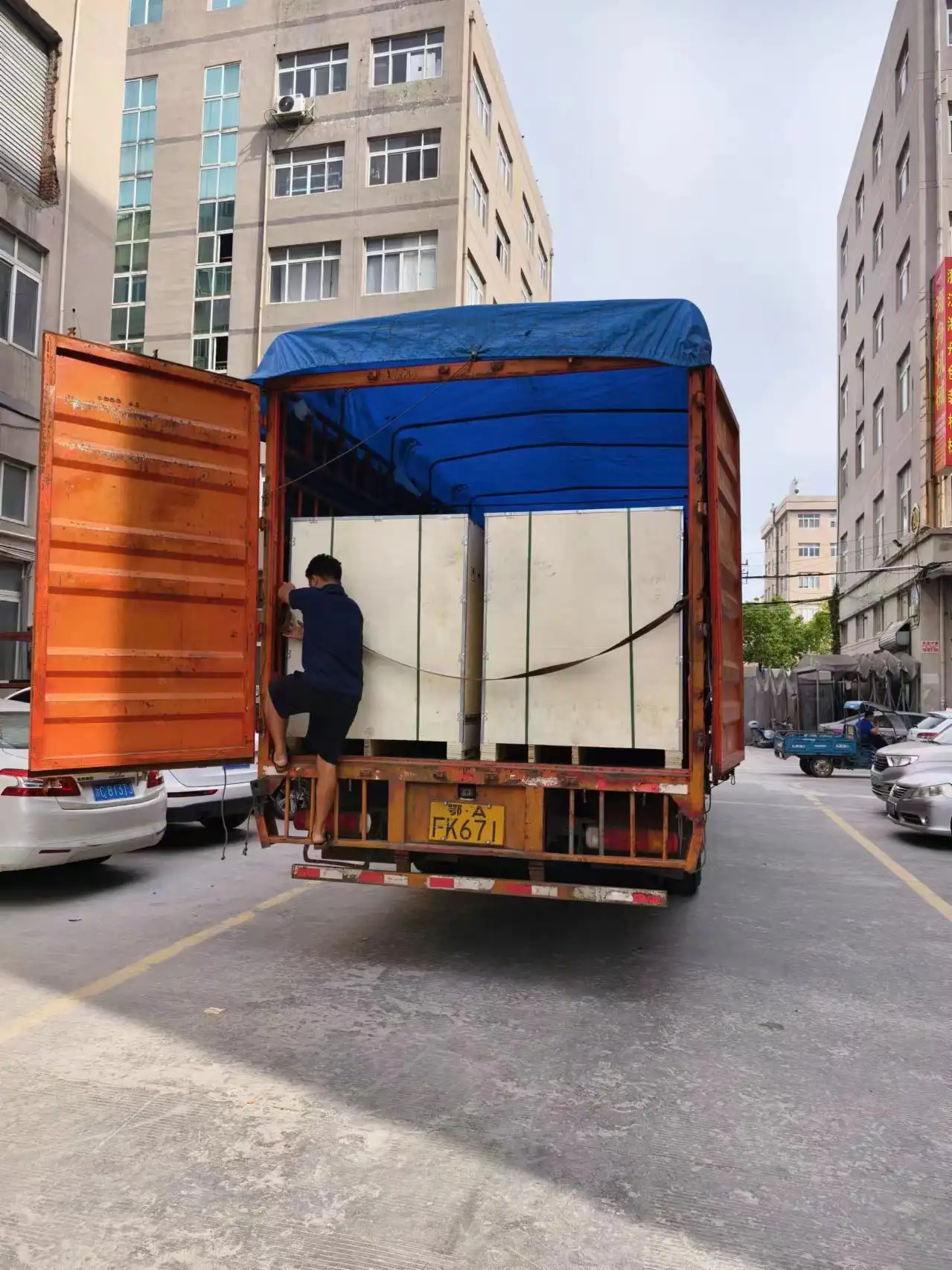
We wrap the shoe sewing machines with plastic film to protect its important parts from moisture. During transportation, no part of the machine is exposed to moisture or humidity.
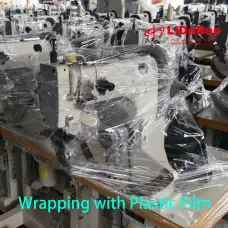
To protect the motor, we place foam pads on the motor base. This design provides a cushioning effect, supporting the motor and preventing possible shocks or vibrations during transportation. It also protects the machine.
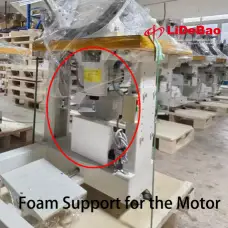
We rotate the fixed support legs on the machine base to a position that is in contact with the ground. This adjustment lifts the machine's wheels off the ground, preventing unwanted movement during transportation. The machine's wheels are protected.
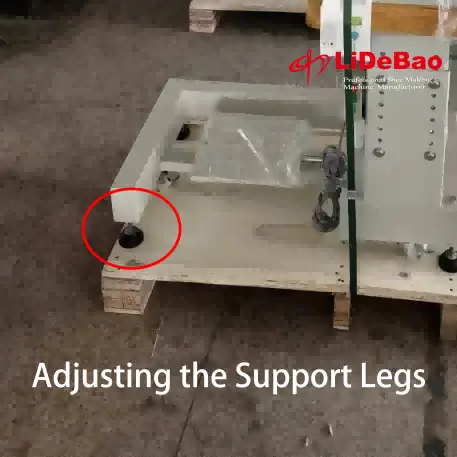
Strapping straps are used to firmly secure the machine to the wooden box, making it a whole unit. This can effectively prevent the machine from moving up and down or shaking during transportation, thereby reducing the risk of machine damage. The part where the strapping tape contacts the machine is also buffered with paper.

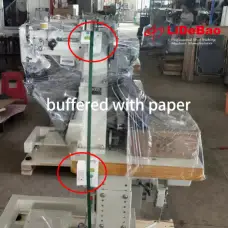
After fixing the shoe sewing machines, we use screws to close the wooden box. Later, we further tie the wooden box to its base to ensure the stability and safety of the package.
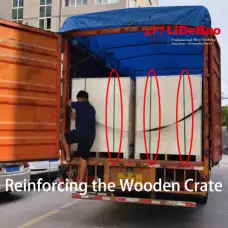
Leedbo also provides individual packaging services for shoe sewing machines. After the machine is delivered, you need to assemble it yourself. Although it is smaller in size, the transportation cost is lower, making your product more competitive in the market.
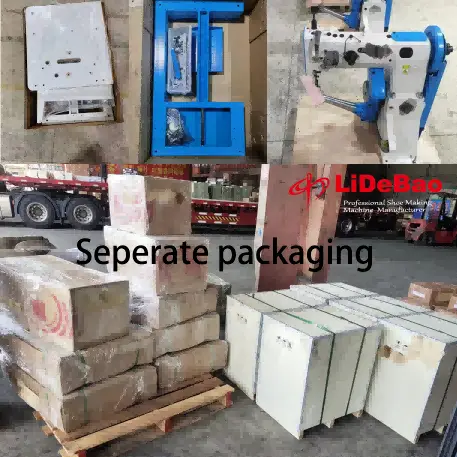
By following the above steps, Leedbo ensures that our machines are well protected during transportation and delivered safely to the destination. After unpacking, you can use it directly without any debugging.
